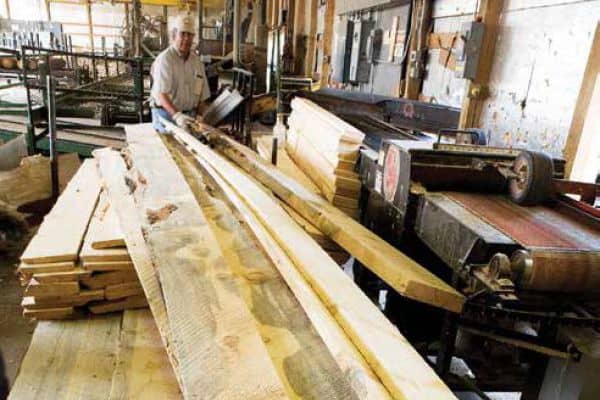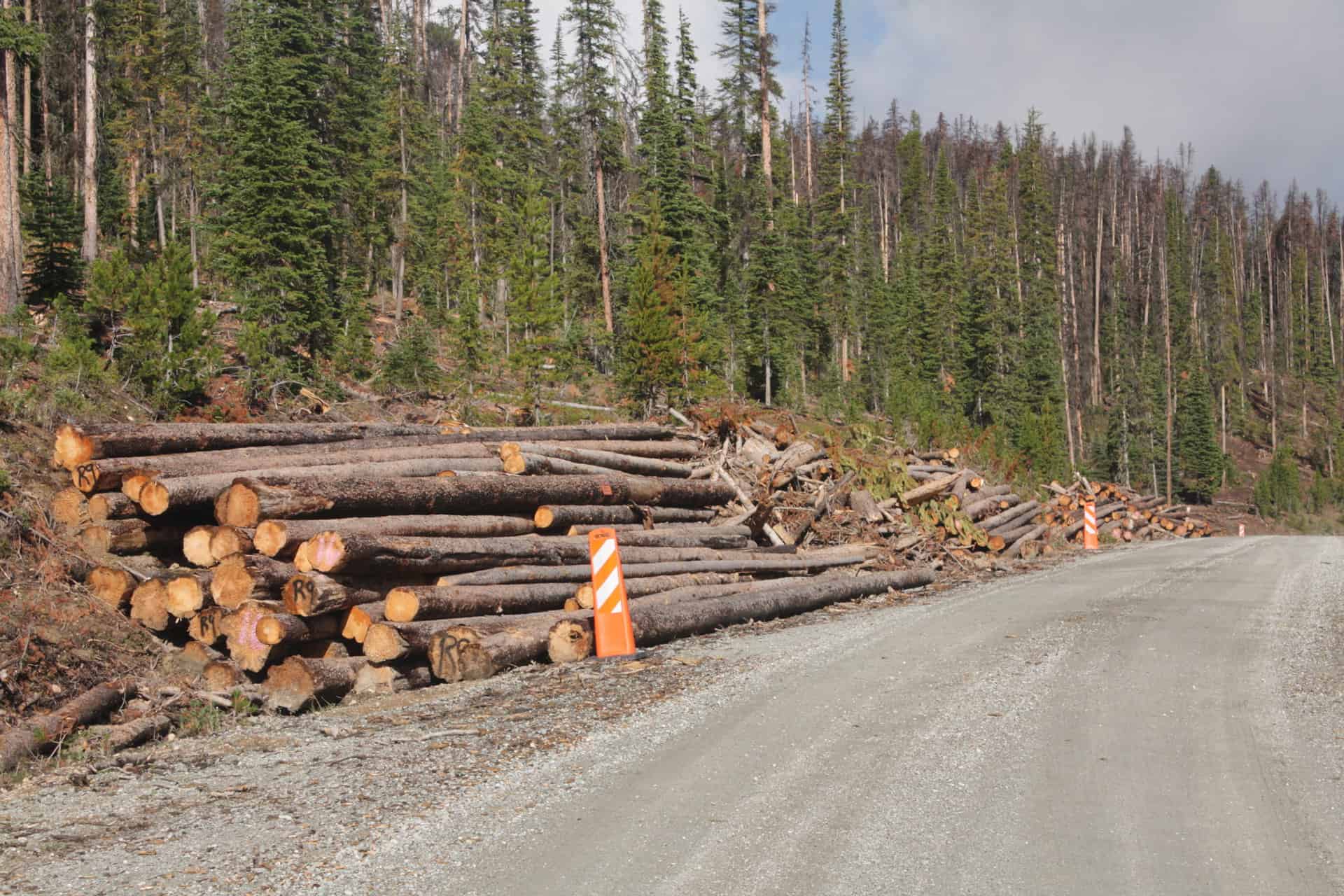
Here is some information that was given to me by Blaine Cook, Forest Silviculturist on the Black Hills National Forest.
1) Per 1997 Forest Plan (Preface-9) “The Black Hills are unique in that there are few other uplifted geologic formations completely surrounded by prairies. Furthermore, the Black Hills and its surrounding plains probably were never glaciated. The nearest glaciation occurred in the Big Horn Mountains to the west as a result of the Wisconsin ice advances to the east. The closest glaciation to the east would have run approximately parallel with the Missouri River, about 150 miles from the Black Hills, and occurred about 13,000 years ago during the late Pleistocene.” So, the question remains how the Black Hills (Island in the Plains) got very small portions of trees and plants. The Forest blends north to south to east to west.
2) Attached are forest health report on rcsc_02_13-Harney_Limber_2012 and rcsc_02_12_blackhillslodgepole.
3) White spruce is approximately 5% of the Forest.
4) As for statements on forest volume, the number stated of 6.5 billion bd.ft. is an exaggeration. In year 1999, the FIA report stated 6.1 billion bd.ft (Int.1/4 rule). Since year 2000 there has been large wildfires, tree mortality from insects and timber harvests contributing to removals of the Forest. My opinion of forest volume is around 5.1 billion bd.ft. The Forest is realizing more aspen through wildfires, pine tree mortality and hardwood enhancements by removing pine.
If you’re curious about the black backed woodpecker and other bird monitoring you might want to check out this link. Bird monitoring is done in partnership with the Rocky Mountain Bird Observatory.
The Forest Monitoring Report has a section on black backed woodpecker as well as other MIS (management indicator species). The link is here.
Information on the FACA committee can be found here, as well as their recommendations since 2003, when they were established. Here’s their recommendation on the MPB project from 2012:
Mountain Pine Beetle Response Project
The Board reviewed the Draft Environmental Impact Statement for the Mountain Pine Beetle Response Project and recommended the Black Hills National Forest Supervisor make the following determination:
1) The proposed activities and alternatives address the issues, respond to national policy, guidance and law and Forest Plan direction, and meet the purpose of and need of action in the Mountain Pine Beetle Response Project Draft Environmental Impact Statement.
2) The information in the analysis is sufficient to implement proposed activities.
3) Alternative C of the Mountain Pine Beetle Response Project be adopted as the Preferred Alternative in the Final Environmental Impact Statement for the Project.
4) There is a need for a one-time, site specific amendment to existing Forest Plan direction to address the public’s concerns about Spearfish Canyon.






